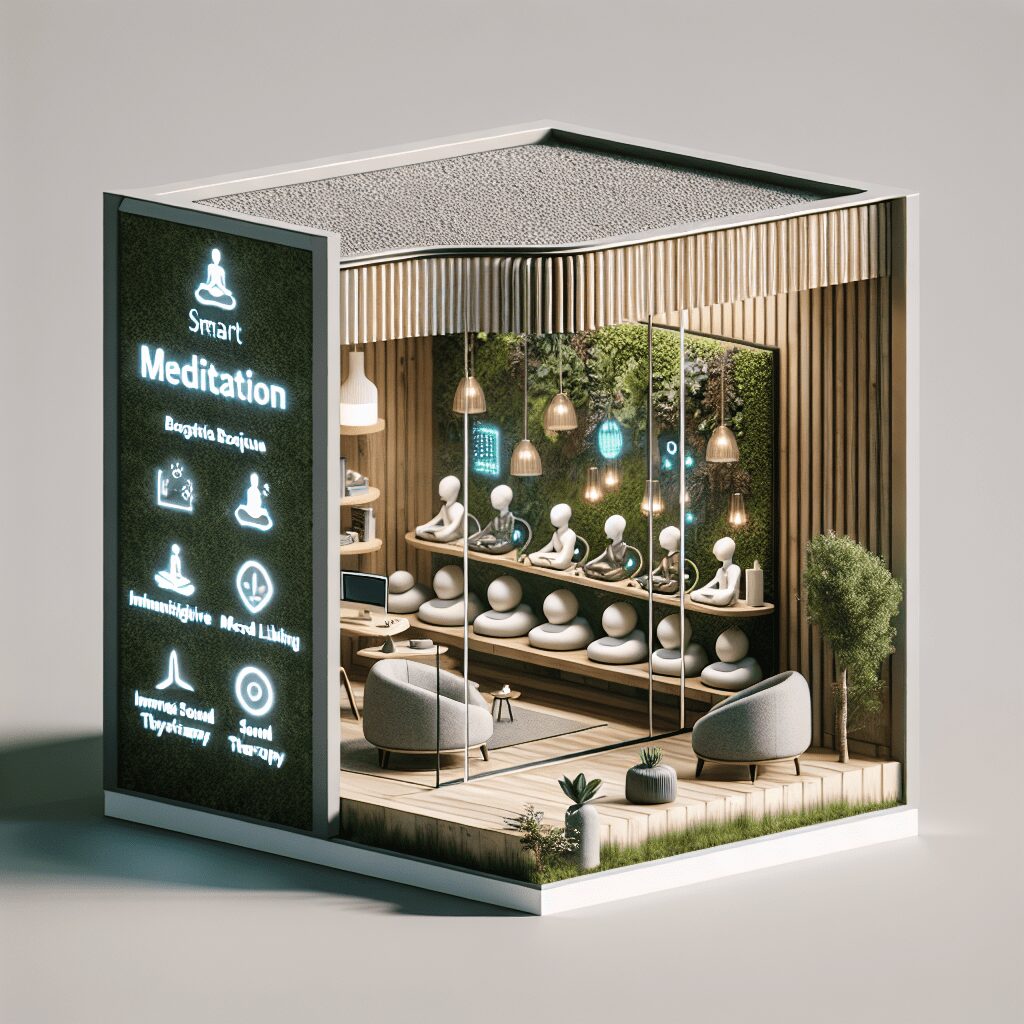
Prioritize your mental well-being daily. Enhance your life by nurturing your mental health with the Smart Meditation app. Break free from stress, alleviate anxiety, and enhance your sleep quality starting today.
Is Tm Actually More Affective Than Any Other Meditation?
The Mystique of Transcendental Meditation
In the realm of mindfulness and meditation, few practices have garnered as much intrigue and debate as Transcendental Meditation (TM). Originating from the Vedic tradition of India, TM has been brought into the limelight by celebrities and business moguls alike, touting its benefits as if it were the magic pill for the soul. But does it truly stand head and shoulders above other forms of meditation? Let’s delve deeper, separating the wheat from the chaff.
The Essence of Transcendental Meditation
Before we can even begin to compare, it’s crucial to understand what sets TM apart. At its core, TM involves the silent repetition of a mantra for 20 minutes, twice a day. What’s unique is that each practitioner is given a personalized mantra by a certified TM instructor. This process is tailor-made, aiming to provide a more intimate and direct route to inner peace. On the surface, it may seem like a one-size-fits-all solution, but beneath the veneer lies a nuanced approach to achieving mental clarity.
The Scientific Backing
Now, let’s talk turkey. The real question is, does TM truly have an edge over other meditation techniques? To answer that, we need to take a gander at the research. Studies have shown a plethora of benefits associated with TM, ranging from reduced stress and anxiety to improved cognitive function and heart health. But here’s the kicker – similar benefits are often reported with other forms of meditation, such as mindfulness-based stress reduction (MBSR) and vipassana meditation.
The distinguishing factor, however, may lie in the approachability and ease of TM. Unlike some meditation practices that require intense focus and discipline, TM’s mantra-based technique can be a godsend for individuals who find it tough to quiet their mind. This accessibility could potentially lead to a more consistent and deeper practice, ultimately magnifying its effects.
The Verdict
So, is TM the crème de la crème of meditation techniques? Well, it’s not a cut-and-dry subject. While TM undoubtedly offers a unique and effective route to tranquility and self-improvement, it’s essential to remember that the best meditation practice is the one that resonates with you personally. The proof is in the pudding – with commitment and regular practice, almost any form of meditation can unlock profound benefits.
For those sitting on the fence, consider sampling a few different styles. Whether you’re chanting a mantra in TM or observing your breath in mindfulness meditation, the goal is the same – to foster a sense of peace and awareness. After all, in the grand tapestry of meditation practices, TM is but one thread, albeit a fascinating and richly colored one.
In the end, it’s not about which meditation is superior but finding the right key that unlocks the door to your own personal sanctuary of calm. So, why not give TM a whirl, alongside others, and see where the journey takes you? The answer to “Which meditation is the best?” is not set in stone; it’s as fluid and personal as the practice itself.





